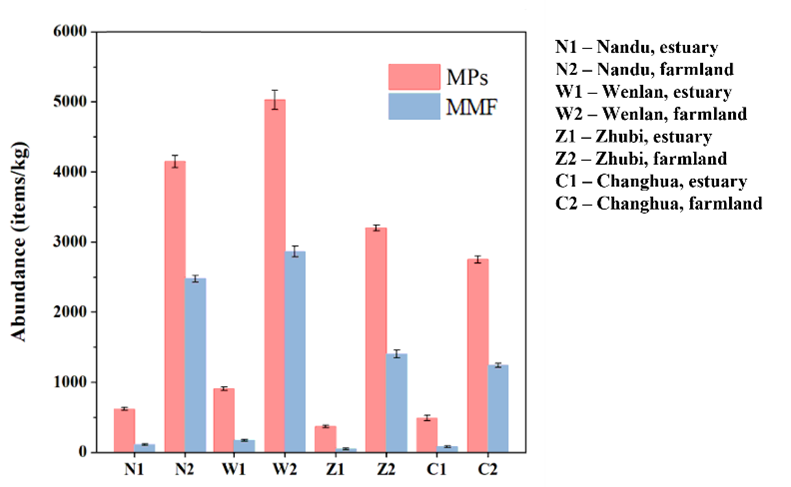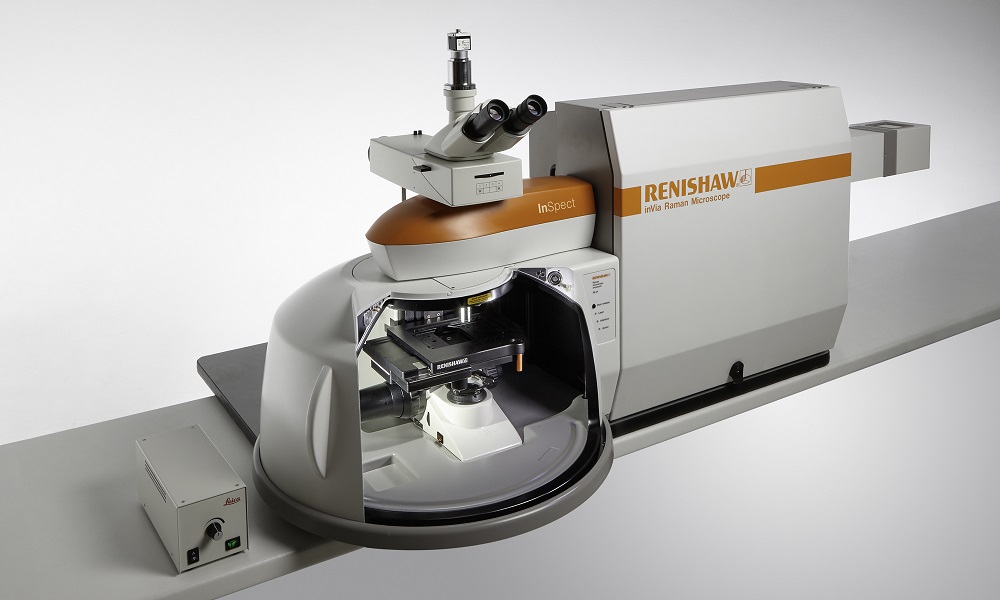Al momento, questa pagina non è disponibile nella lingua scelta. È possibile visualizzare una traduzione automatica realizzata con Google Translate. Renishaw declina qualsiasi responsabilità relativa alla fornitura di tale servizio e specifica di non avere controllato la traduzione.
È possibile contattarci per richiedere ulteriore assistenza.
Raman spectroscopy shows agricultural mulch films are a source of microplastics in rivers
Crop producers commonly use plastic mulch films to suppress weeds, conserve water, and prevent contamination from atmospheric agents. However, they are difficult to recycle and there is a risk of microplastics derived from mulch film (MMF) polluting the wider environment. Farmland soil can contain a large amount of microplastics. Water can pass these to rivers, which can then carry them to oceans. There the microplastics can be harmful to marine organisms and can also reach the human body through the food chain.
Researchers at Guangxi University and the Chinese Academy of Tropical Agricultural Sciences have used Raman spectroscopy to determine the portion of microplastics which derive from agricultural mulch films. They used a Renishaw inVia confocal Raman microscope to analyse sediment and soil collected from different sites around four main rivers in the Hainan Province of China, the Nandu, Wenlan, Zhubi and Changhua.
They first digested the samples with hydrogen peroxide to extract the microplastics. Then they precipitated the solution with potassium formate and filtered the resulting supernatant. Finally, they inspected the remaining residues with a stereomicroscope, identified microplastic fragments, and carefully transferred them to transparent quartz slides.
 Figure 1 | UV-Vis Raman spectra from a typical suspected MMF sample, a mulch film standard sample, and polyethylene.
Figure 1 | UV-Vis Raman spectra from a typical suspected MMF sample, a mulch film standard sample, and polyethylene.
Microplastics derived from mulch film detection
Mulch films typically consist of a core polyethylene matrix and additives. The researchers collected Raman spectra from polyethylene, a mulch film standard, and suspected MMF samples. They used a combination of visible (532 nm) and UV (325 nm) excitation, and analysed microplastics ranging from 1 µm to 5000 µm in diameter. Spectra from all three sample types had peaks at 1130 cm-1, 1440 cm-1, 1296 cm-1, and from 2800 cm-1 to 2900 cm-1. This confirmed that the suspected MMFs were derived from mulch film.
The researchers also looked for similarities in the surface composition of the MMF and mulch film samples. They could identify chemical groups from the peaks in the Raman spectra.
Table 1 shows the surface composition of suspected MMF samples from the four river estuaries, and the mulch film standard sample. All suspected MMF samples were similar to the mulch film standard.
Table 1 | Surface composition data from suspected MMF samples from estuary sites and a mulch film standard sample. Standard deviations were derived from duplicate measurements.

Microplastic abundance
The researchers assessed the abundance of microplastics (including MMFs) at farmland sites and estuaries with Raman spectroscopy. They found that at farmland sites the MMF content ranged from 1240 to 2860 items per kg of soil, accounting for around half of the total microplastics. At estuary sites the abundance of MMFs ranged from 38 to 82 items per kg of sediment, accounting for around 10% of the total microplastic content.

Figure 2 | Abundance of total microplastics and the portion made up of MMFs at farmland and estuary sites around the four investigated rivers.
Microplastics in soil and sediment
In this study the researchers showed that Raman spectroscopy is a valuable technique for microplastics research. They used it to identify a high abundance of MMFs in the total microplastic content in both farmland soil and river sediments, and discover that MMFs are a neglected contributor to microplastic pollution.
Note
This is a summary of the piece 'Occurrences and characteristics of full-size microplastics derived from mulch films in major exorheic rivers of Hainan, China', by Meng Jiao, Beibei Liu, Lin Wu, Lu Ren, Luya Wang, Wending Ma and Ruilong Li, published in Research Square, 10, 2021, the original piece can be found by following this link: https://www.researchsquare.com/article/rs-991254/v1
The topics covered in this article are interpretations and summaries made by Renishaw employees of the original article. They are meant as merely summaries and should not be taken as a true representation of the author's original work and the licensor does not endorse Renishaw PLC in any way.
The original article is copyright © 2021 Jiao, Liu, Wu, Ren, Wang, Ma and Li. This is an open-access article distributed under the terms of the Creative Commons Attribution License (CC BY).The use, distribution or reproduction in other forums is permitted, provided the original author(s) and the copyright owner(s) are credited and that the original publication in this journal is cited, in accordance with accepted academic practice. No use, distribution or reproduction is permitted which does not comply with these terms.

Further reading
We have a whole range or articles, case studies and news stories about Raman spectroscopy.

About the inVia microscope
Discover more about how the inVia confocal microscope is suitable for your organisations applications.